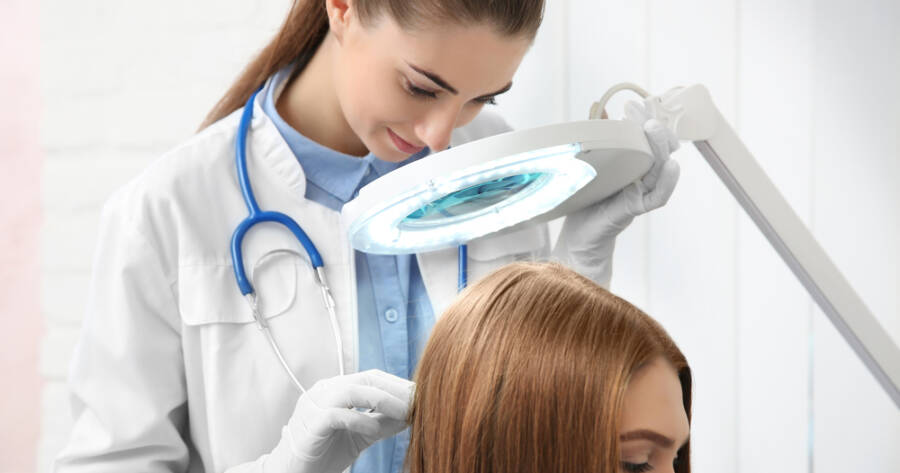The landscape of hair loss treatment is progressing with novel non-hormonal therapies gaining traction. Veradermics Inc.’s VDPHL01 and Pelage Pharmaceuticals’ PP405 represent groundbreaking approaches for androgenetic alopecia, emphasizing safety and diversity in clinical trials. Modern innovative treatments signal a shift towards more inclusive and effective solutions that could redefine personal dermatological care.
Advancements in Hair Loss Clinical Trials
The realm of hair loss treatment is witnessing exciting developments with the introduction of non-hormonal therapies. Notably, the biopharmaceutical company Veradermics Inc. has taken a significant step by initiating dosing in the Phase 2/3 clinical trial for VDPHL01, a proprietary non-hormonal oral treatment for androgenetic alopecia (AGA) currently in national trials.
This innovative therapeutic approach is gaining attention due to its potential to avoid the side effects commonly associated with traditional hormonal treatments like finasteride and minoxidil. As pattern hair loss continues to affect millions of individuals in the U.S., the demand for innovative solutions is high, positioning VDPHL01 as a promising alternative.
The Role of VDPHL in Hair Restoration
In the pursuit of effective hair loss treatments, VDPHL offers a new dimension by providing a non-hormonal option for treating pattern hair loss. The trial aims to enroll a diverse group of participants across the United States, including women, illustrating its broad applicability.
This diversity is important as it mirrors real-world scenarios, thereby potentially leading to more universally effective treatments. Additionally, the project highlights Veradermics’ commitment to dermatological advancements, as they continually advance their pipeline to include solutions for other common skin conditions.
Pelage Pharmaceuticals and PP405
Apart from Veradermics, Pelage Pharmaceuticals is making strides with its topical treatment, PP405. This treatment is designed to reactivate dormant hair follicle stem cells, addressing the core biological pathways of hair growth rather than hormonal pathways.
In a Phase 2a clinical trial, PP405 demonstrated its efficacy with a significant increase in hair density among participants and drove new hair growth from previously dormant follicles. The trial’s randomized, double-blind design underscores the robustness of these findings, and further studies are expected to propel this promising treatment into the mainstream.
Innovative Approaches and Future Directions
Beyond traditional regimens, non-hormonal treatments like VDPHL01 and PP405 introduce groundbreaking possibilities in the management of androgenetic alopecia. Participants in these trials benefit from the acknowledgment of diversity in hair texture, skin type, and the unique biological mechanisms that contribute to hair loss. Underlining their credibility, Pelage Pharmaceuticals involves a Clinical Advisory Board comprised of leading dermatologists, ensuring that these treatments are both safe and fair in their testing approach.
Why You Should Learn More About Hair Loss Clinical Trials Today
With the evolving landscape of hair loss treatments, keeping abreast of the latest clinical trials can be beneficial for those affected by androgenetic alopecia. Non-hormonal treatments like VDPHL01 and PP405 are not only scientifically innovative but also represent a significant shift from the side-effect-prone hormonal treatments of the past.
These trials signify a beacon of hope for those looking for treatments that marry efficacy with safety. Understanding the ongoing advancements and how they may impact personal healthcare decisions is crucial. Engagement in such trials can potentially provide firsthand access to cutting-edge therapies and contribute to shaping the future of dermatological care.

